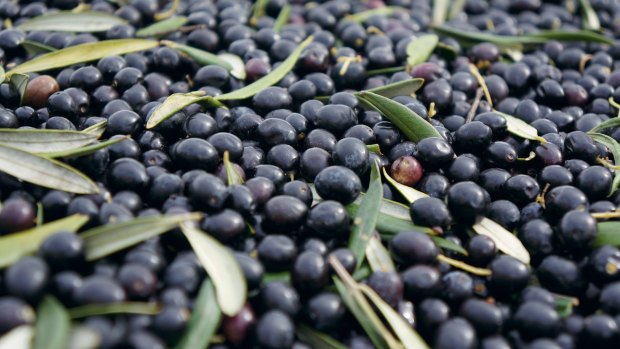State of the states: Why this economy is outpacing the rest
Save articles for later
Add articles to your saved list and come back to them any time.
Tourists, the mining sector and public servants have erased the economic fallout from the COVID-19 pandemic in every state and the nation’s capital, but many Australians are not enjoying the financial benefits as their incomes go backwards.
Australian Bureau of Statistics figures reveal the nation’s smallest jurisdiction, the ACT, was its fastest-growing economy through 2022-23, continuing a decade-long trend of outpacing the other states and territories.
Not just home to public servants: Canberra’s economy led the nation in 2022-23 as hospitality, such as its annual Floriade flower display, lifted spending.
The territory economy grew by 4.3 per cent, beating South Australia (3.8 per cent), NSW (3.7 per cent), Western Australia (3.5 per cent) and Victoria (2.6 per cent).
ACT
Over the past decade, the ACT economy has expanded by more than 40 per cent, well ahead of second-placed Victoria, where the economy is 30.7 per cent larger.
The territory was buoyed by extra spending on the public service and the defence sector, as well as a huge lift in production out of the hospitality sector as tourists and locals enjoyed the complete end of COVID-era restrictions.
It was a similar story across the rest of the country as the impact of COVID-19 finally washed through the economy.
NSW
In NSW, accommodation and food services expanded by 28.5 per cent as foreign tourists flooded back into the state. There was also strong growth in administrative and support services as labour hire and recruitment firms sought workers for the state’s robust jobs market.
Mining production in NSW, largely in the coal sector, increased by almost 8 per cent after flooding in 2021-22 slowed output from the state’s mines.
Victoria
Victoria’s economy, which expanded by a nation-leading 6.3 per cent in 2021-22 as it recovered from its series of COVID-19 lockdowns, was further buoyed by locals heading out to restaurants, clubs and bars.
Its arts and recreation sector grew by 11 per cent while health care and social services activity lifted by 4.5 per cent.
But the ABS revealed Victorians suffered one of the biggest hits to household disposable income of any state and territory, with a fall of more than $400 to $52,209 per person.
By contrast, per capita disposable income in NSW increased by almost $700 to $59,350.
An increase in production of oil-bearing crops such as olives has helped buoy the WA farm sector.Credit: Daniel Grilli
South Australia and Tasmania
It wasn’t the only state to suffer a fall in disposable income, with both South Australians and Tasmanians going backwards by about $200 per person.
The highest incomes remain in the ACT, up more than $3000 to $93,197, followed by Western Australia where they lifted by $1400 to $62,539.
Western Australia
The WA economy continues to benefit from its mining sector, with demand for minerals connected to the boom in renewable energy, such as lithium, growing strongly.
But in 2022-23, the state’s agricultural sector outpaced mining, growing by 7.3 per cent due to strong demand for its broadacre crops and oil-bearing produce such as nuts and olives. WA agricultural production has grown 80 per cent over the past three years.
Queensland
Queensland beef and grain farmers also had a stellar year, with production up 8.9 per cent to record levels. That followed a jump of 20.8 per cent in 2021-22 and a 21.9 per cent increase in 2020-21.
Transport and warehousing production lifted by 17.3 per cent, due to the strong performance of the farming sector and the return of foreign tourists.
Cut through the noise of federal politics with news, views and expert analysis from Jacqueline Maley. Subscribers can sign up to our weekly Inside Politics newsletter here.
Most Viewed in Politics
From our partners
Source: Read Full Article

